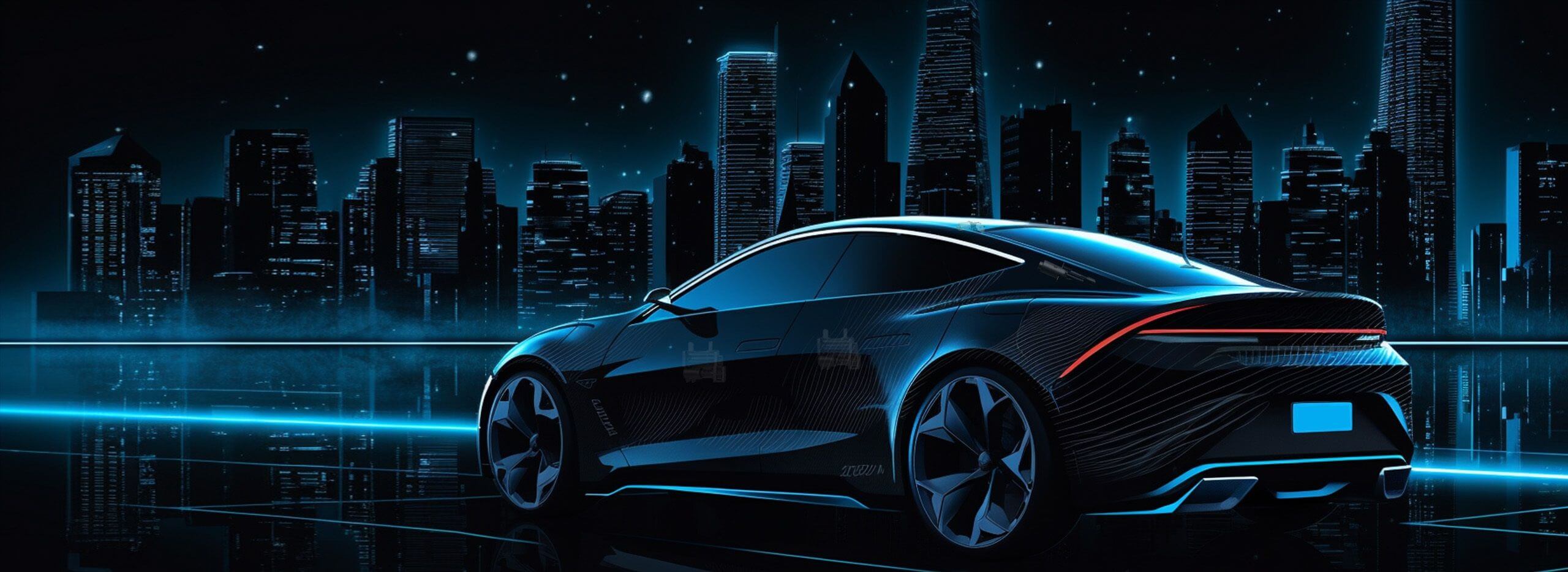Imagine you’re tinkering in your workshop, eyes glued to your project, when suddenly you hit a snag. You’re trying to make a robot arm move smoothly, precisely, effortlessly — and that’s where a servo motor kicks in. Connecting it to an Arduino? That’s like giving your creation a nervous system—raw, responsive, and totally customizable.

Picture this: you want your drone to lean just right, or your camera rig to tilt with perfection. The magic happens when the servo motor’s gears spin exactly when needed, and the Arduino acts as the brain, telling it what to do with simple commands. No fuss, just pure automation that lets your ideas come alive. But why choose a servo motor for this? Well, compared to stepper motors or brushed DC motors, servo motors offer frictionless control, high precision, and quick response times. They’re especially great for projects that demand that extra spark of accuracy.
When you swap in a servo motor to the Arduino, you’re opening a world of possibilities. Ever wondered how to calibrate it just right? The key is in understanding the PWM signals — pulse width modulation. It’s like giving your motor a secret code to tell it, "Hey, turn to this angle." And once you get the hang of it, controlling different axes or creating smooth motion becomes second nature.
People often ask: “Is it complicated to connect a servo to Arduino?” Honestly, it’s simpler than you'd think. It takes just a few wires — power, ground, control signal — and a handful of lines of code. It’s all about finding that rhythm between what the servo needs and what the Arduino can deliver. Plus, with concise tutorials and community support, you'll be troubleshooting within minutes.
Here's a thought: what if your project needs multiple servos working in sync? That’s a game-changer. It’s like conducting an orchestra, with each motor playing its part perfectly. You can set up your code to coordinate movements, creating impressive robotic movements or dynamic display stands. The real challenge is managing power supply — because when several servos run at once, they can pull a lot of juice. A good power source makes all the difference.
The flexibility is staggering. Whether you’re building a mini CNC machine, a camera slider, or a DIY robot, a servo motor connected to an Arduino is your trusty companion. As technology advances, these small yet powerful components keep getting better. Faster response times, higher torque, smoother motions — it never stops evolving.
So, if you’re pondering on how to breathe life into your project, think about servo motors as the pulse that energizes your ideas. Easy to learn, incredibly versatile, and packed with potential—there's no limit to what you can create. And with the right setup, your project won't just move; it'll dance.
Established in 2005, Kpower has been dedicated to a professional compact motion unit manufacturer, headquartered in Dongguan, Guangdong Province, China. Leveraging innovations in modular drive technology, Kpower integrates high-performance motors, precision reducers, and multi-protocol control systems to provide efficient and customized smart drive system solutions. Kpower has delivered professional drive system solutions to over 500 enterprise clients globally with products covering various fields such as Smart Home Systems, Automatic Electronics, Robotics, Precision Agriculture, Drones, and Industrial Automation.




































